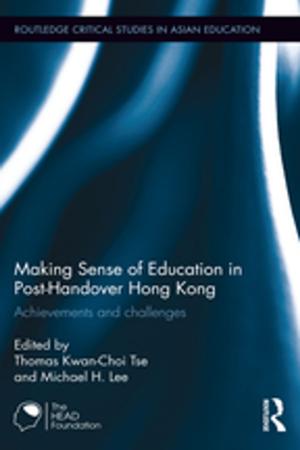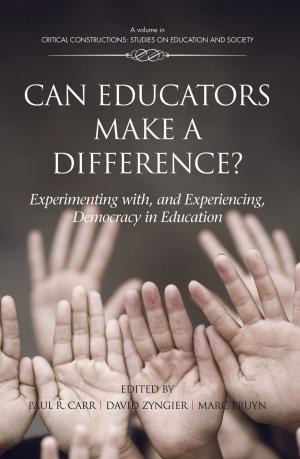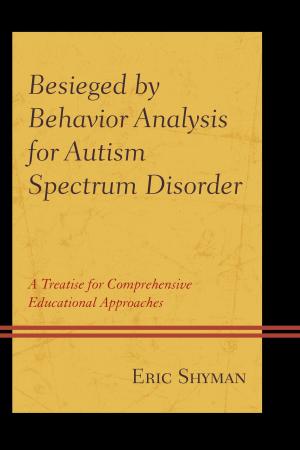Choosing Diversity
How Charter Schools Promote Diverse Learning Models and Meet the Diverse Needs of Parents and Children
Nonfiction, Reference & Language, Education & Teaching, Educational Theory, Educational Reform| Author: | Lance Izumi | ISBN: | 9780936488066 |
| Publisher: | Pacific Research Institute | Publication: | January 7, 2019 |
| Imprint: | Pacific Research Institute | Language: | English |
| Author: | Lance Izumi |
| ISBN: | 9780936488066 |
| Publisher: | Pacific Research Institute |
| Publication: | January 7, 2019 |
| Imprint: | Pacific Research Institute |
| Language: | English |
In Choosing Diversity, Lance Izumi writes that one of the key traits that distinguishes charter schools from traditional public schools is the diversity of educational experiences promoted by the ability to choose.
He profiles charter schools that are as different from each other as one could imagine, from geography to student populations to teaching methodologies to technology use to curricula. But, together, they exemplify the diversity that is at the heart of the charter school ideal, which is to meet the needs of each individual student.
While test scores are an important consideration, Izumi makes the case that for many parents, non-test-score issues such as a safe learning environment, the ability to homeschool their kids, or a technology-focused curriculum, can trump test score performance when it comes to choosing a school, including choosing a charter school.
In Choosing Diversity, Lance Izumi writes that one of the key traits that distinguishes charter schools from traditional public schools is the diversity of educational experiences promoted by the ability to choose.
He profiles charter schools that are as different from each other as one could imagine, from geography to student populations to teaching methodologies to technology use to curricula. But, together, they exemplify the diversity that is at the heart of the charter school ideal, which is to meet the needs of each individual student.
While test scores are an important consideration, Izumi makes the case that for many parents, non-test-score issues such as a safe learning environment, the ability to homeschool their kids, or a technology-focused curriculum, can trump test score performance when it comes to choosing a school, including choosing a charter school.















